Déjà vu isn’t dangerous for Flora Yukhnovich – it’s part of her art. ‘I think what I find really rewarding about working from old paintings is the moment when it all comes together and you feel like you recognise it,’ she tells me. ‘It’s such a weird, instinctive feeling […] like kissing an old friend.’
Since completing her Master’s at the City & Guilds of London Art School in 2017, Yukhnovich has made her name transforming historic compositions into contemporary abstractions. Her primary inspiration has been the flamboyant canvases of French rococo painters such as Fragonard and Boucher. A shift in interest coincided with an invitation to Venice, via a residency with Victoria Miro. It was while living there during the summer of 2019 that she became immersed in the work of Giovanni Battista Tiepolo and his own particular brand of Venetian rococo. The resulting exhibition at the Victoria Miro gallery is called ‘Barcarole’ after the song sung by Venetian gondoliers, a tune known for its rhythmic sway in time with lapping lagoon waves.

Pontecello (2020), Flora Yukhnovich. Courtesy the artist and Victoria Miro; © Flora Yukhnovich
Though Yukhnovich began work on the exhibition while listening to an audiobook of Casanova, music runs as a theme through the show, with paintings named after musical terms: Calando, Dolce, Pontecello. ‘I’m always trying to find other ways of conceptualising the language of painting,’ Yukhnovich says. ‘Having [music] as a hook helped me to understand these huge ceiling paintings – how they direct the viewer underneath them.’ Yukhnovich’s canvases, too, are carefully composed. Viewed from afar the works could be figurative, impressionistic echoes of elaborate 18th-century scenes. Yet when approached more closely, the precisely arranged structure gives way to pure texture and colour. Pale washes of paint are layered with gestural brushstrokes. Swathes of luminous blue are punctured by vague, cloud-like forms; bodies morph into blocks of vivid salmon, cream, egg-white, mustards, pastel pink.
The rococo scenes that Yukhnovich looks to are opulently overcrowded, revelling in the mingling of bodies at celestial feasts. Even in Yukhnovich’s abstracted renderings, the sense of proximity between forms feels dangerously seductive in a world in which public gatherings remain restricted. Part of Tiepolo’s appeal for the artist was precisely these elaborate compositions. ‘It’s those little crowds that then have space between them,’ she says. ‘They kind of chat to each other.’ The notion of dialogue – between past and present, between an artist or artwork and their environment – is central for Yuhknovich. A great oval canvas, specially made in Venice and shipped to the Victoria Miro studio during the painter’s residency by boat, stands opposite the rippling reflections of an adjacent canal. ‘I’ve wanted to make an oval forever,’ she says, smiling. She spent days with her neck craned at Santa Maria della Visitazione studying The Coronation of the Virgin in person before manifesting her own response: ‘it’s like you’re seeing a peephole into the infinite.’
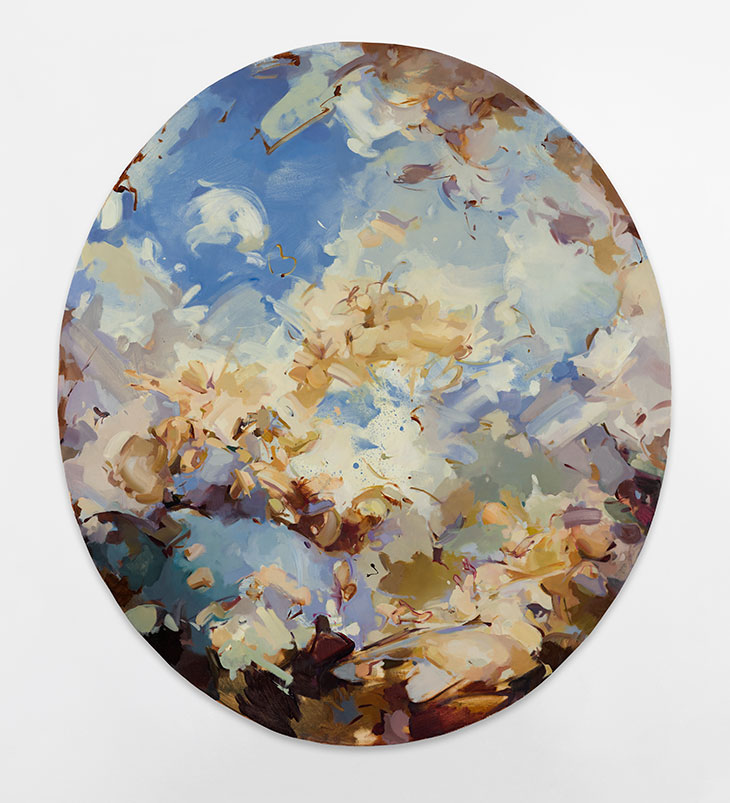
Barcarole (2019), Flora Yukhnovich. Courtesy the artist and Victoria Miro; © Flora Yukhnovich
Until now Yukhnovich has been best known for large-scale works. ‘You have to bring a certain kind of assertiveness, and strength to a big painting; the moment you go down in scale, it’s suddenly very domestic,’ she observes. ‘To be doing that with Tiepolo ceilings, which were massive, was sort of a strange translation.’ Condensed by her gaze, two small canvases greet visitors at the gallery entrance: abstracted details from Tiepolo’s Transportation of the Holy House of Loreto in the Accademia. ‘It was one of the things I wanted to do on the residency, to try to crack that small scale, because it’s been my nemesis,’ Yukhnovich confesses.
The artist’s Venice paintings were originally meant for an exhibition at Victoria Miro’s gallery there in March. The exhibition never opened due to Covid – although a digital version was presented online. Now, with the reopening of the gallery in Venice, the show has been reimagined once again. Four of the original residency paintings are presented alongside works created during lockdown in the artist’s studio in London. For Yukhnovich there’s a clear demarcation: ‘just the smallest shift in colour and something changes its attitude entirely.’ In Venice, ‘you paint colder to counteract the warmth of the light’. Back in London, she decided to trace Tiepolo’s travels across Europe, from Venice to Germany and Spain, riffing on the works he created in these different places. ‘I realised I had basically followed Tiepolo’s journey since leaving Venice towards his death,’ she notes. ‘It was quite weird and morbid but also kind of appropriate for finishing off my Tiepolo cycle.’
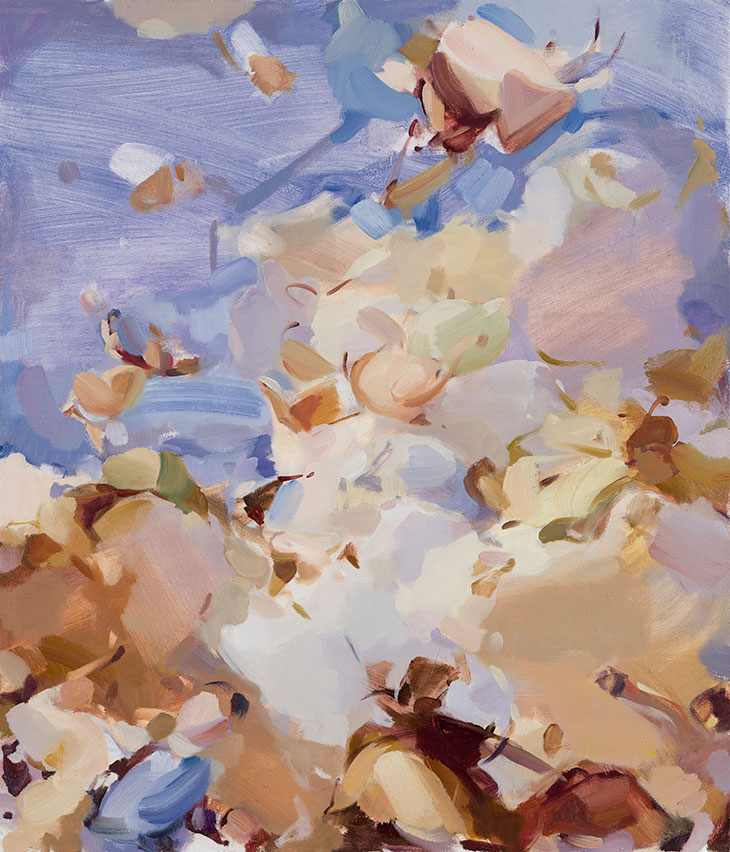
Pizzicato (2020), Flora Yukhnovich. Courtesy the artist and Victoria Miro; © Flora Yukhnovich
Also in the gallery are a series of Yukhnovich’s small paint-on-paper studies, illustrating the extensive process she undertakes before arriving at a finished work. ‘It’s a way of shifting myself out of the detail of what was there and more into the realm of what it is to perceive something,’ she says. ‘What I enjoy about the studies is trying to feel, it’s capturing what the sensation of looking at the painting is, rather than its details and what they might mean. I find it’s a really useful exercise because it makes me think in planes of colour. I’m not thinking in terms of line and in terms of detail, and it’s not about following any linear narrative through or anything like that […] it’s more like a collage in brushstrokes, it’s about how they come together.’ In Venice, this deconstruction and reconstruction of the historic images became a daily habit. ‘I did them every day towards the end,’ she recalls. ‘I just wanted to crack the code of Tiepolo: it was about working out how a dot might capture the feeling of an angel that’s suspended in the sky.’
‘Flora Yukhnovich: Barcarole’ is at Victoria Miro, Venice, until 24 October.
Unlimited access from just $16 every 3 months
Subscribe to get unlimited and exclusive access to the top art stories, interviews and exhibition reviews.

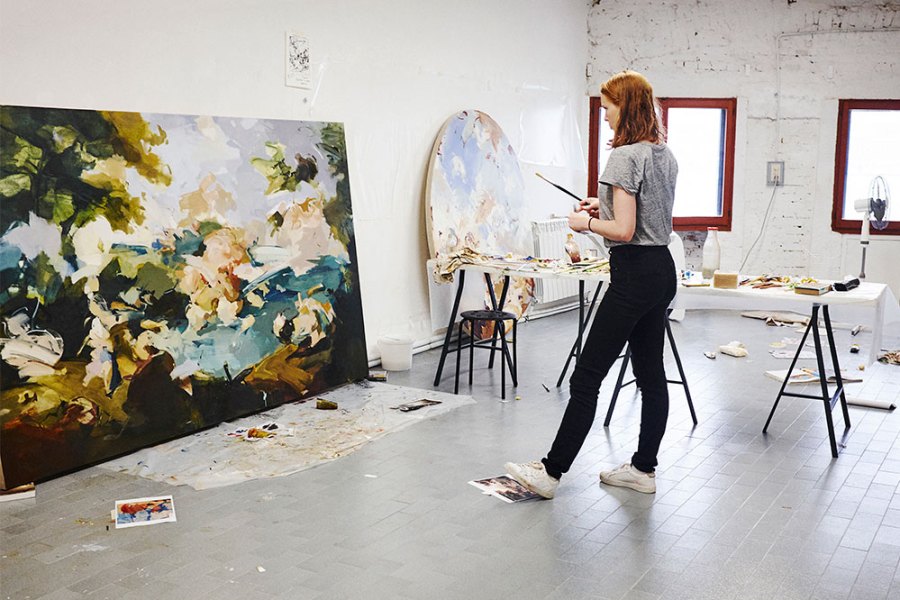
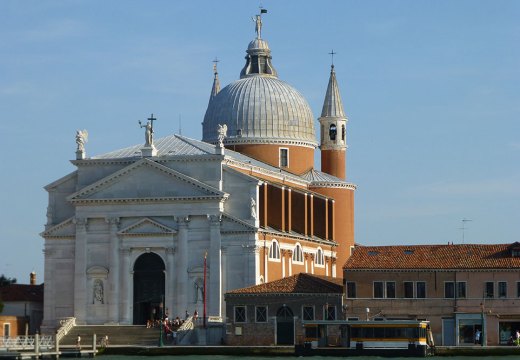
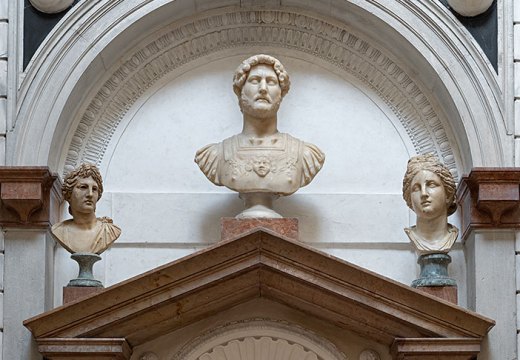
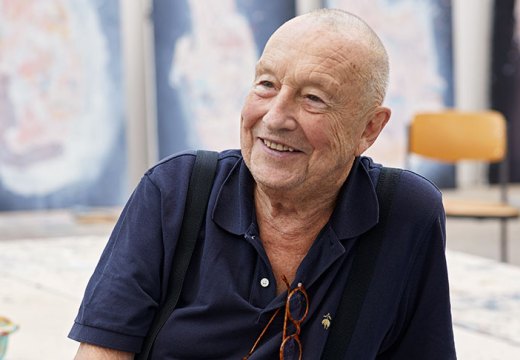









![Masterpiece [Re]discovery 2022. Photo: Ben Fisher Photography, courtesy of Masterpiece London](http://www.apollo-magazine.com/wp-content/uploads/2022/07/MPL2022_4263.jpg)
It’s time for the government of London to return to its rightful home